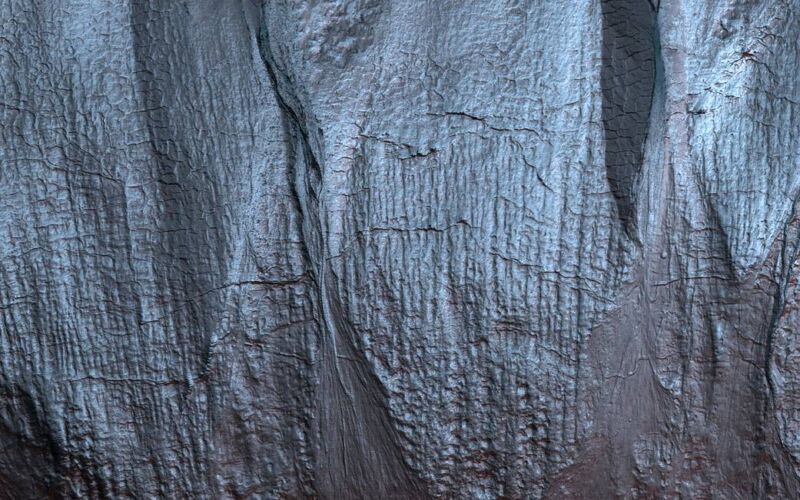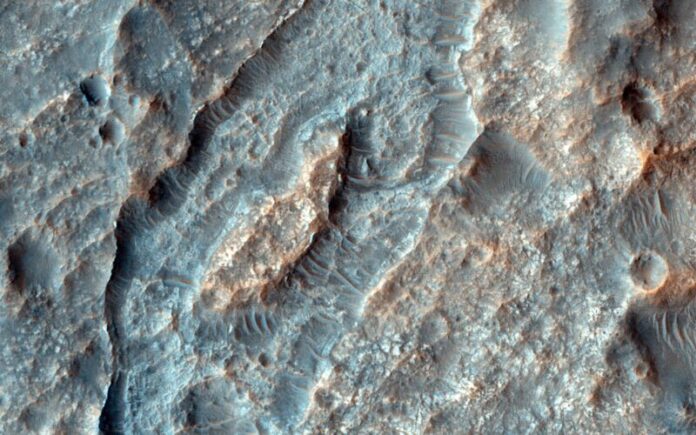
Mars has a history of liquid water on its surface, including lakes like the one that used to occupy Jezero Crater, which have long since dried up. Ancient water that carried debris—and melted water ice that presently does the same—were also thought to be the only thing driving the formation of gullies spread throughout the Martian landscape. That view may now change thanks to new results that suggest dry ice can also shape the landscape.
It’s sublime
Previously, scientists were convinced that only liquid water shaped gullies on Mars because that’s what happens on Earth. What was not taken into account was sublimation, or the direct transition of a substance from a solid to a gaseous state. Sublimation is how CO2 ice disappears (sometimes water ice experiences this, too).
Frozen carbon dioxide is everywhere on Mars, including in its gullies. When CO2 ice sublimates on one of these gullies, the resulting gas can push debris further down the slope and continue to shape it.
Read 12 remaining paragraphs | Comments
Ars Technica - All contentContinue reading/original-link]




